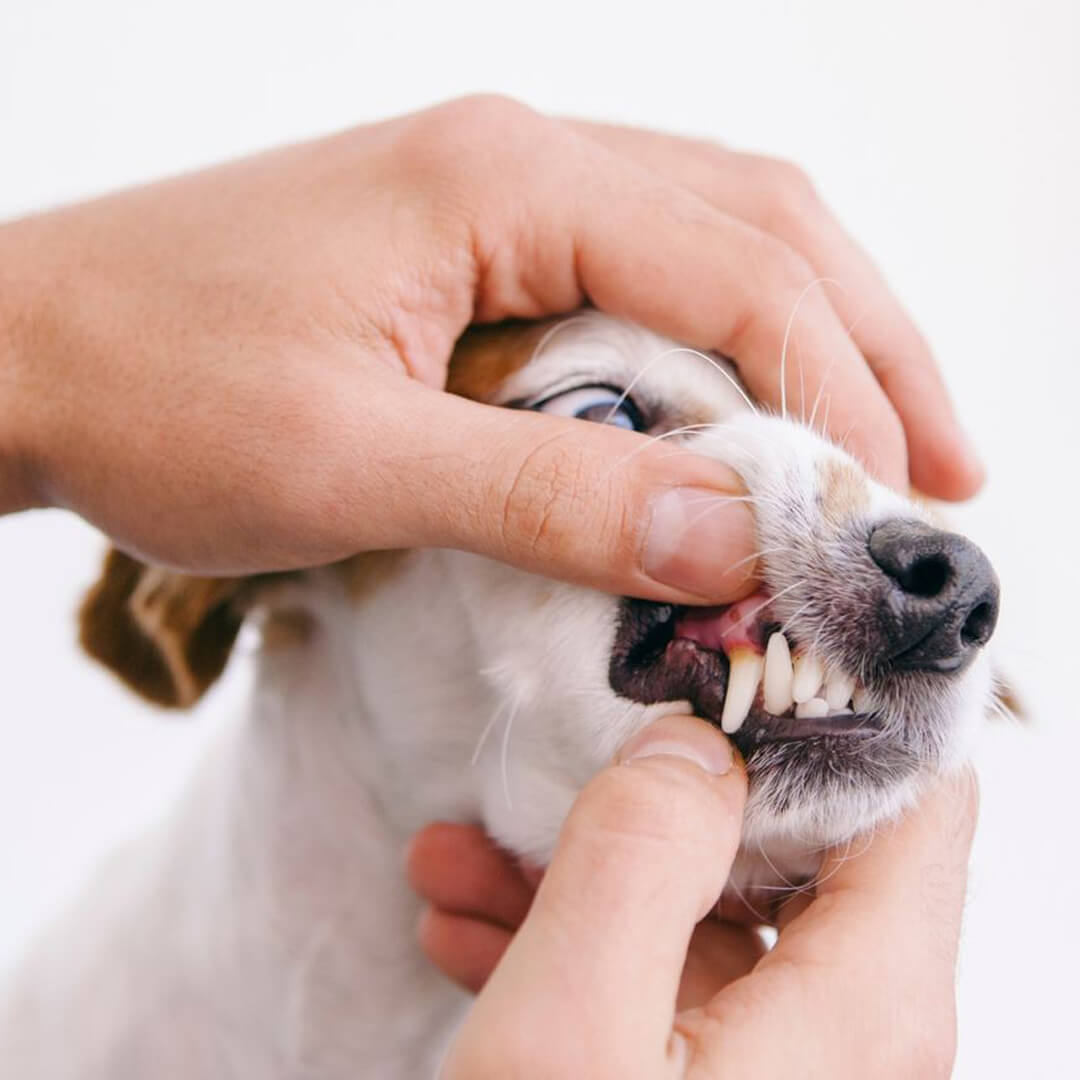Pet Dental Care at Animal Clinic East in Walla Walla, WA
At Animal Clinic East in Walla Walla, WA, we provide comprehensive pet dental care, addressing symptoms like bad breath, swollen gums, and difficulty eating to ensure your pet’s oral health.
Pet Dental Care in Walla Walla, WA
At Animal Clinic East in Walla Walla, WA, we prioritize your pets’ dental health to enhance their overall well-being. Dental care for pets is crucial as dental issues can significantly impact their quality of life. We offer comprehensive pet dentistry services to ensure your furry companions maintain healthy teeth and gums.
Our Pet Dental Services
- Comprehensive Exams: Thorough oral exams to assess dental health.
- Professional Teeth Cleaning: Safe and effective cleaning to remove plaque and tartar buildup.
- Treatment for Dental Diseases: Management and treatment of gum disease, tooth infections, and other dental conditions.
- Home Dental Care Guidance: Advice on at-home dental care practices and products to maintain your pet’s oral hygiene.
Contact us to ensure your pet’s dental health is in top condition!
Why Pet Dental Care Matters
- Preventive Care: Regular dental check-ups and teeth cleanings are essential to prevent dental diseases such as gum disease and tooth decay.
- Improved Health: Dental health is linked to overall health in pets, impacting their heart, kidneys, and liver.
- Pain Relief: Addressing dental issues promptly can alleviate pain and discomfort for your pet.
- Longevity: Good dental hygiene supports the overall health of your pet
Signs Your Pet Needs Dental Care
Regularly monitor your pet’s dental health and look out for these signs that indicate they may need dental care:
- Bad Breath: Persistent bad breath can signal dental issues.
- Tartar Buildup: Yellow or brown buildup on teeth.
- Gum Problems: Swollen, receding, or bleeding gums.
- Tooth Issues: Fractured or abscessed teeth.
- Changes in Eating Habits: Difficulty eating, chewing differently, or avoiding certain foods.
Schedule Your Pet’s Dental Appointment Today
Ensure your pet receives the best dental care at Animal Clinic East in Walla Walla, WA. Contact us today to schedule a pet dental exam and cleaning, and give your pet the gift of a healthy smile.

